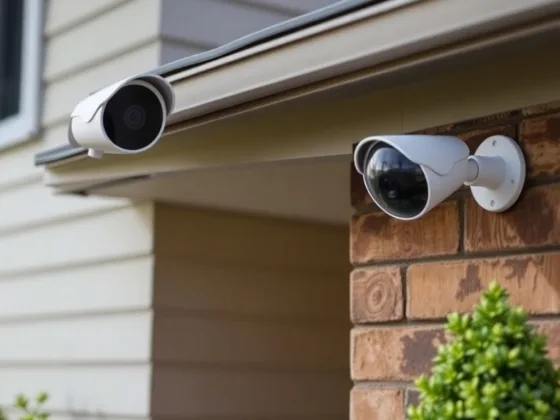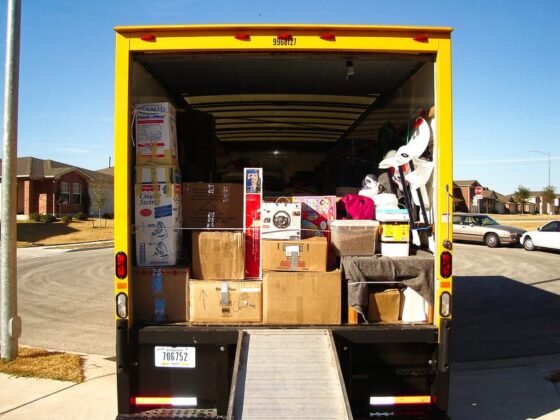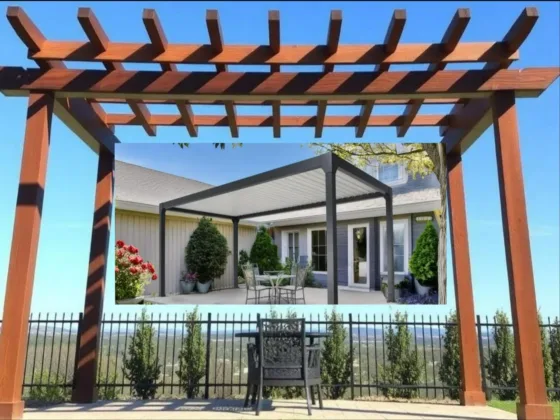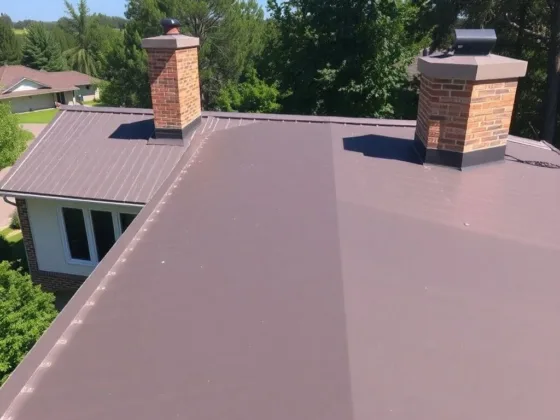Table of Contents Show
A home’s heating, ventilation, and air conditioning systems are crucial. They maintain the temperature exactly right so that we don’t freeze or perspire excessively. Heat, smoke, and dust cannot contaminate the air inside your home or place of business if your HVAC system is properly functioning.
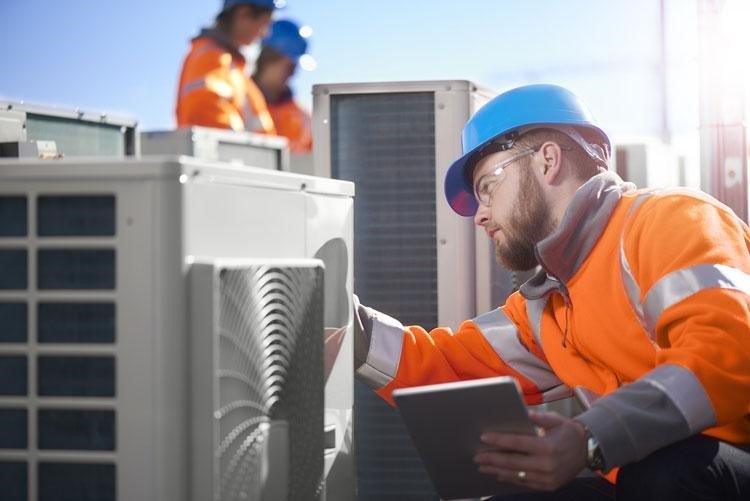
HVAC systems can use up to 40% of the electricity available. Today’s systems are more effective than older ones and can reduce your utility costs by 30–40%. HVAC systems are effective because they maintain sterile, virus-free indoor air.
What is HVAC Installation?
The heating, ventilation, and air conditioning system of a building is installed during an HVAC installation. The installation of ductwork, registers, diffusers, heating and cooling systems, and controls are often included.
HVAC company is a qualified expert in charge of making sure HVAC systems are installed properly.
To locate HVAC equipment, they must be able to read and examine blueprints and plans. They must also be able to ensure that the system is properly balanced and that all components are operating as intended.
Read Also:
HVAC Installation Requirements
Size of Equipment
Choosing a house air conditioner that is the right size is the first step in adhering to HVAC guidelines and regulations. The needs for cooling systems can differ significantly depending on the area you intend to cool.
This regulation benefits homeowners because installing an HVAC system that isn’t powerful enough for your home can lead to issues.
A unit that is too tiny for your home will struggle to regulate the temperature adequately, forcing you to use the system more frequently than necessary.
Residents pay for this problem in two ways: higher electric bills and more frequent repairs because it shortens the system’s lifespan. In order to construct a successful temperature control system, obtaining an appropriate unit for your home is essential.
Proper Duct Size and Design
Duct size is a consideration that many homeowners frequently forget to consider when considering an HVAC installation. While picking an air conditioner with enough power for your house is important, it can also be crucial to check that the contractor designed and installed the ducts correctly.
The size of these channels, which transport air throughout the entire house, has a significant impact on the HVAC system’s overall air pressure.
It might be difficult to determine the optimal size for HVAC ducts since system friction, static and air resistance, and static resistance is all factors. The effectiveness and longevity of the system can also be jeopardized by any design errors. Therefore, it’s crucial to pick a reputable HVAC installation firm to finish the job correctly.
Mechanical Ventilation
This term refers to fans or blowers that keep outside air from entering your home. Because these features can effectively preserve indoor air quality, they should be installed regardless of regulations.
Homeowners can meet this requirement in a variety of ways. Some HVAC systems, for example, use discrete fans to effectively seal out exterior air, whereas others rely solely on the blower.
Additional requirements vary depending on the type of system you have, so consult with your installation company before beginning the project to ensure compliance with industry standards.
HVAC Installation Process
Investigate and Upgrade Current Ductwork
HVAC systems are costly, so it’s critical to ensure they’re in good working order. Examine the ductwork for any damage or debris that could be impeding airflow. Remove all impediments, the majority of which will be found at outflow and info registers, also known as sends and returns.
Before moving on to other maintenance, such as cleaning, check for leaks and repair and seal any problem areas.
Even if you buy the best unit available, an HVAC system will not perform optimally unless the ducts are tightly sealed and adequately insulated. Both factors increase efficiency by lowering energy costs while maintaining proper operation.
Find the Ideal Location
Whether you’ve chosen an indoor or outdoor system, choose a location for your unit. It would be ideal if you conducted a thorough site evaluation before marking out (with spray paint or chalk) the location of the unit. When deciding on a location, take accurate measurements (measure twice, cut once).
Installing the Unit
Most modern units are wall-mounted, but if you’ve decided to install a new duct system, we recommend that you follow the instructions that came with the unit. This simple experience is required due to variations among existing manufacturers and those who may offer products in the future.
Remember the steps above before picking up any tools, whether you’ve chosen a wall-mounted system or a more complicated whole-house system. Manufacturer instructions should always be followed, both to ensure proper function and to keep the warranty valid.
Verify that the HVAC System is Running Smoothly
A poorly installed HVAC system can reduce performance by up to 30%. Before turning on any new HVAC system, perform a final check, including listening for unusual noises and ensuring that airflow and temperature are consistent in every room. Perform basic maintenance tasks to learn how to care for your new equipment.
HVAC Safety Hazards Every Homeowner Should Know
Turn off the energy to the circuit that supplies your HVAC system at the electrical circuit-breaker panel, the gray box in a closet that originally featured fuses but now merely requires flipping switches.
Before touching anything connected to the circuit, use an electrician-approved multimeter to see if any current is still flowing through that line.
Exposure to dangerous chemicals, such as some refrigerants, is one of the leading causes of HVAC accidents. Some substances have the potential to cause severe burns or other injuries. Understanding each chemical will allow you to make the best decisions when handling it.
How Long Does HVAC Installation Take?
Installation of heating and cooling systems can often take up to three days, depending on a number of variables. The HVAC contractor needs to take several crucial steps carefully.
The contractor must first determine how much heating and cooling you will require. The contractor takes into account a number of variables to come to an appropriate calculation. These factors include your home’s size, age, and location.
Additionally, the components used in the construction of your home must be considered. The same holds true for your home’s number of floors, windows, and doors.
Consider ease and comfort. A new HVAC system may be among the best expenditures a homeowner makes, and the pleasure factor is high. Also, updating a low-efficiency system will pay off because heating and cooling can make up as much as 50% of energy expenditure.
We all quickly discovered how crucial HVAC upkeep is to maintain our health throughout the pandemic. The “air space,” or shared living space in your house, is where viruses proliferate and pollutants worsen asthma and allergy sufferers’ symptoms.
Modernizing your HVAC system can significantly enhance the air quality in your home because outdated systems don’t filter toxins.



